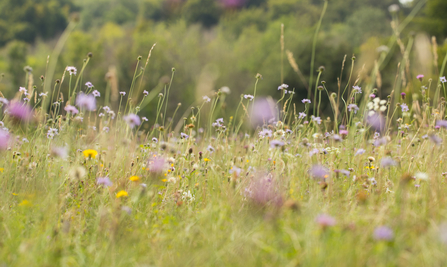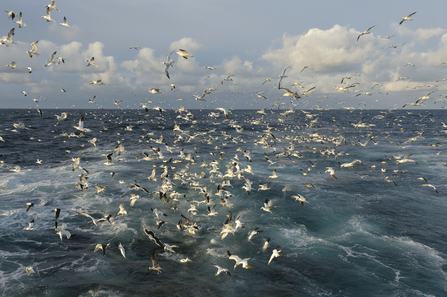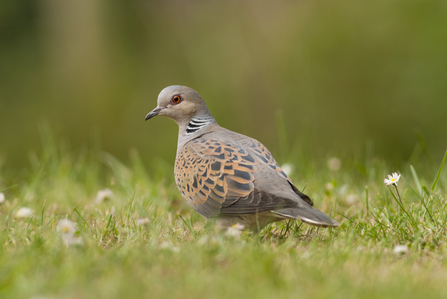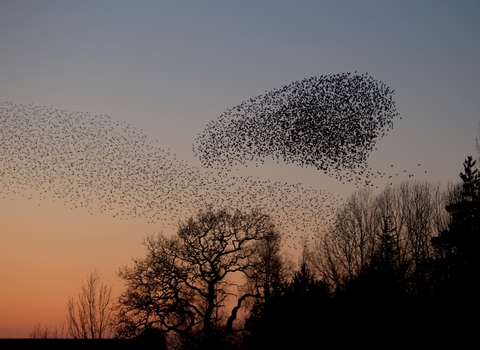The role of legislation
Wholescale reviews of wildlife legislation are rare. Much of the strongest protection for UK wildlife comes from European legislation. Following the UK’s withdrawal from Europe there is both a threat that laws will be dropped alongside an opportunity for improving them and providing a legal basis for nature’s recovery. The Environment Bill, which will eventually pass into law as the Environment Act, is that opportunity. Legislation can be a dry topic, one often overlooked by wildlife enthusiasts, but a strong Environment Act will be transformational for wildlife. A weak Act could once again consign the UK to being dubbed the ‘Dirty Man of Europe.’
Firstly, it is important to recognise that legislation is not a silver bullet to reversing wildlife declines. It can make an important difference (1) but it must be part of a wider toolbox that enables individuals, communities, organisations and businesses to make the changes needed to support nature’s recovery. Strong wildlife laws help us to make the right decisions for wildlife and prevent damaging actions, but we need far more people taking action if we are to save the UK’s biodiversity.





